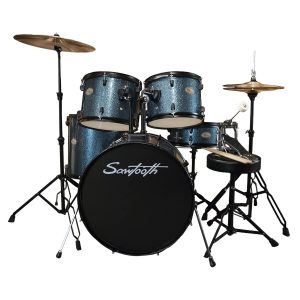
- 6 Ply Poplar Shells
- Complete Beginner/Student
- 45 Degree Bearing Edges
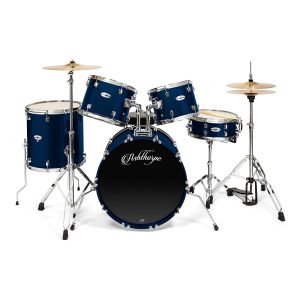
- All-Chrome Hardware
- For All Adult Musicians, Beginner To Advanced
- Hardwood (Poplar) Shells
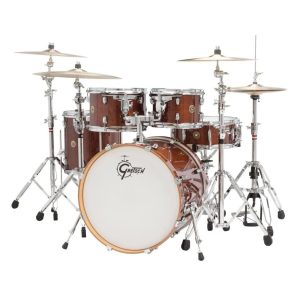
- 30-Degree Bearing Edge
- Gretsch-Formula 7-Ply Maple Shells
- 2.3 Mm Triple-Flanged Hoops
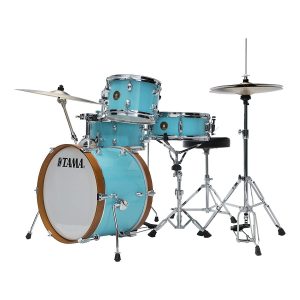
- Single Tom Holder, Cymbal Arm
- For Intimate Performances And Small Spaces
- Mersawa/Poplar Hybrid Shell
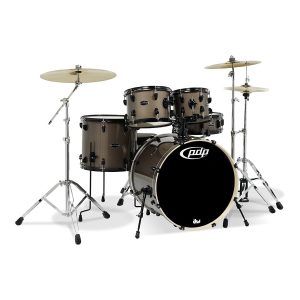
- Hardwood Construction
- The Drums Feature Hardwood Construction
- Durable Wrapped Finish
Choose the Best Drum for Metal
Customer’s Choice: the Best Rated Drums for Metal
11 users answered this survey. Please help us improve this review!
Table of Contents
Best Drums for Metal – Buyer’s Guide
Buying your first own drum kit for metal is a dream come true for many amateur musicians. Almost every drummer remembers years later where and under what circumstances he bought his very first drum kit.
But finding your way through the jungle of countless manufacturers, offers and models are not that easy and a big challenge for many beginners.
The drum set – a musical construction kit
You want to buy a drum set for metal, have already looked through the catalog of offers and considered buying a dictionary of foreign words for budding drummers to make sense of the cryptic product descriptions? No wonder. Especially for beginners, comparing drums of different models is an extreme challenge, especially because you often don’t even know what is meant.
To deal with what the hi-hat is made of and what material the ride cymbal should be made of, you first have to know the correct designations for this instrument. Because: The drum set is a rather complex set of instruments, unlike the guitar or the flute, a drum set is made up of several individual instruments – and these all have their characteristics and demands.
One should operate with the foot and the other with the hand, one should sound bright and the other dark, respond quickly and the other rather slowly. A drum kit is a musical building block that must be individually tailored to the drummer’s needs and abilities. The individual building blocks are briefly presented below.
How expensive should my first drum set be?
Now the question arises for many, how much does a drum set cost, and what costly extras (accessories) do you have to plan for? Again, there are several options. Drums are usually offered as a complete set or shell set. The difference is in the scope of delivery.
A complete set usually contains everything the drummer needs to get started right away: Drum stool, drum sticks, and of course, the drum set itself. It should be noted that the complete set contains at least a bass drum, snare drum, floor tom, hanging toms, hi-hat, and, at best, crash and ride cymbals.
Shell sets are usually in the middle to upper price range and contain only the entire drum set; therefore, individual components must be added and priced. This, of course, increases the drum set price enormously.
In terms of price, a high-quality beginner’s set should be somewhere between 400 and 600 dollars. Lower-priced sets usually have surfaces and cymbals of low material quality, which in turn produce a poor sound, which can be problematic and irritating, especially for beginners. If the shell quality is good, it can sometimes be profitable to purchase high-quality heads or cymbals in addition.
The first drum set budget should be kept relatively small (about 150 dollars), especially for children, because you never know how long the enthusiasm for playing drums will last. If you are interested in buying a drum set yourself and have been planning to do so for some time, you can take a deeper dive into your wallet and buy a drum set in the price range of up to $500 with a clear conscience.
What components should have the first drum set?
In order for you to learn flawlessly according to a music book and master all the basics, we advise you to have a standard setup. That means your drum kit should contain the following components in any case:
- Ride/Crash Cymbals: Ride and Crash belong to the essential cymbals and, therefore, to a drum kit’s standard setup. The ride cymbal is usually the largest cymbal and is tapped with the tip of the stick. On the other hand, the crash cymbal is, as the name suggests, struck hard and produces a loud reverberating sound.
- Floor Tom/ Hanging Tom: It is the largest drum that is operated by hand, or it hangs on a stand with it. If this is the case, it is called a “Hänge Tom.”
- Tom and TomTom: Tom and the TomTom are the same as the Stand Tom. The difference is that they are smaller and produce a brighter sound.
- Bass Drum: The bass drum is normally the largest drum on the drum set and is operated by a foot pedal. It has a very profound, i.e., deep and penetrating sound.
- Snare Drum: It is the heart of the drum kit, so to speak, and is strongly distinguishable by its bright and dominant sound when played. The snare drum is usually covered with coated skin. You can find out what this is under Accessories/Drumheads.
- Hi-Hat: The Hi-Hat consists of 2 cymbals lying on top of each other. It is operated by a pedal with the foot but also struck at the same time with the hand.
The bass drum is the deepest and largest sound generator of its kind in the entire drum set. It usually forms – at least visually – the drum kit’s center and is operated with the right foot via the bass drum pedal.
Along with the bass drum, the toms represent another foundation of the drum set. Each drum set usually has three toms. Two are mounted on the bass drum, while a stand tom is placed on three legs on the floor.
On the other hand, the snare drum has a certain peculiarity: on its underside is the so-called “snare carpet,” which is responsible for its characteristic buzzing sound. The hi-hat is mostly used in pop or rock pieces and is primarily used to set accents. It consists of two cymbals that lie on top of each other and can be raised and lowered again by pressing the foot pedal.
Last but not least: the cymbals. The standard here is at least one crash and one ride cymbal. These can be placed either to the left or right of the toms; their size varies depending on the style of music because the larger the diameter, the louder the sound.
Not all drums are created equal
Buying a drum set for metal is not always easy because drum sets are a dime a dozen, every manufacturer promises only the best, and every drum set has different extras. Choosing the right set for you from this overabundance is a tricky business, usually requires specific background knowledge, and becomes a pure frustrating experience for most beginners.
What size should the bass drum be? What kind of wood should the shells be made of? Are coated heads of higher quality than transparent ones? Questions upon questions. We try to answer some of them in the following.
There are a lot of things to consider when buying a drum set – the more precise the selection, the better the playing experience. The top priority as a decision criterion is, of course, the workmanship and sound of the instrument. But what exactly distinguishes a qualitative drum set? Is a high-quality appearance always an indication of acoustic quality?
As so often in life, the following applies here: All that glitters is not gold. In particular, cheap drum sets are usually a feast for the eyes at first glance and turn out to be subterranean in quality after a few weeks or months. Nevertheless, a good drum set does not necessarily cost a month’s salary or more – especially beginners can usually do without expensive luxury equipment.
Good cymbals are indispensable
The cymbals are an indispensable element in the overall sound of the drum set. Nevertheless, the quality of the cymbals is often neglected in entry-level sets. Therefore, it is important to pay more attention to the material and workmanship of the cymbals when comparing drums for the first time: If they are made of brass, you should refrain from buying, because the sound is usually too tinny.
In contrast, copper or bronze are ideal, whereby the latter should be B8 bronze or better B20 bronze. These are the most important quality criteria of a high-quality drum kit, which, of course, do not always have to conform to each buyer’s individual requirements.
However, one thing applies to every drum kit model: it should be stable, i.e., equipped with double-braced stands, and above all, tunable. For this, there must be sufficient screw volume, which is needed to tension the heads.
Many first-time buyers also have a hard time with the size specifications of the drums. The drums’ size is always dependent on the body size, but 10, 12, or even 14-inch tom-toms and a 20-22 inch bass drum are recommended.
Bowl size and heads – This is what you should consider when buying drums!
The shells’ thickness and size are also decisive for the quality of a drum set and its sound. In general, thin shells can be excited faster, while larger surfaces have more sound volume and are accordingly louder. The shell’s width has a significant influence on the pitch – wide shells generally sound deeper, narrower ones correspondingly higher. And because this is the case, drum sets are often labeled “studio set,” “fusion set,” or “rock set.”
Meaning: before you buy a drum set, you should be roughly clear about what kind of music you want to make with it or what the areas of use will be.
So much for the shells. But there are also significant differences in quality when it comes to the heads and cymbals. The following always applies with skins in a similar way as with the cymbals: the thicker, the deeper the sound; the thinner, the brighter. When comparing drums, you can also distinguish between two types of heads: coated and transparent.
Transparent skins. Coated heads have a whitish and slightly roughened surface, which produces fewer overtones and thus has a warm sound. Therefore, they are particularly suitable for playing with a broom.
Foil or lacquer? Which finish is right for you?
The next decision to make when it comes to shells is: foil or lacquer? The shell’s finish does not play a major role in the sound and the drum set comparison, but it does for the purpose of use and the drum set price.
A shell covered in foil is usually the cheaper option, while lacquer finishes are complex and correspondingly expensive, but they usually look better. However, foil covering can be advisable – for example, if the drum set is often transported back and forth, because foils, unlike lacquers, are shock-resistant and do not splinter.
The wood from which good drumsets are carved – This is where the drum set price is determined!
First of all, a good drum set is characterized by the material composition of the shells, i.e., the drums. These are made of wood – but from which plays a decisive role in the sound quality, as well as the stability of the drum set. In any case, you should not neglect this criterion when comparing drums.
In the lower price ranges, mostly poplar or lime wood is used – these types of wood are cheap and are usually partly to blame for the fact that the drum set for the ridiculous price already shows the first signs of age weakness after a very short time.
Better suited are mahogany, birch, oak, or maple – they are the wood from which the imposing professional drumsets are usually carved. In particular, mahogany shells are known for their deep and full sound, while birch is more responsible for producing bright overtones.
Acoustic drums or electronic drums for metal?
Our recommendation for beginners is obvious, acoustic drums. If you live in a house or can make the necessary arrangements with your neighbor or soundproofing precautions, you should definitely buy an acoustic drum set for yourself or your child.
The reason is simple. On electronic drums, especially in the lower price range, there are often very poor translators for the blow’s strength on the drum. That is if they get an only poor feel for quiet and loud playing on the drum kit. For example, cymbal tapping or a louder drum roll is not as well learned on the electronic drum set as it is on the acoustic drum set.
Furthermore, many inexpensive electric drumsets have stereo pedals. This means that they are connected to the drum set only by a cable, and the sound arrives with a different intensity. In very bad e-drumsets even offset.
Of course, we do not want to badmouth e-drumsets. Should you live in an apartment or simply have more desire for an electronic drum set, you can find the electronic drumsets in the E Drums test here.
Which brands speak for the quality and which do not?
First of all, of course, it should be said that the brand quality only really matters when they are no longer concerned with learning the drum set, but it is also about the sound, durability for frequent assembly and disassembly, and the strength of the hardware.
The acoustic drum kit: Quick Facts
When was the drum kit invented?
The drum kit in its current form is still relatively young, just under 100 years. The story begins with the invention of the bass drum pedal at the end of the 19th century. This device made it possible for the bass drum and snare drum to be operated by a single musician for the first time. And when the hi-hat machine was also developed about 20 years later, the classic drum set’s foundation was finally laid.
What are the components of a drum set?
Typically, a standard drum set includes a bass drum, a snare drum, two to three toms, hi-hat, crash and ride cymbals, and all the associated stands and pedals.
How loud is a drum set?
Drums for metal can reach volumes of 100 to 120 dB, which is comparable to very loud work equipment such as a chainsaw or jackhammer. But don’t worry: There are numerous ways to make a drum kit quieter, be it by choosing the right-hand instruments or by damping, special heads, low volume cymbals, or similar. You can learn more about this in this article.
What accessories do you need as a drummer?
First, of course, you need a pair of drumsticks, which should not be too heavy and not too light. Just try out the size 5A in the store, which has established itself as standard. If the drums are too loud in the room, we recommend using rods that play almost like normal sticks but are quieter. You should also buy a metronome with a headphone jack and hearing protection or special drummer headphones, which are more or less a combination of hearing protection and headphones. Last but not least, a drum carpet is also recommended, which not only dampens the impact sound but above all prevents your bass drum from moving forward when you play.
So, should you decide to go for brand true, is not only a little more money required, of course, but also the certainty that you want to play drums often or play in a band. So to the brands!
Quality brands:
- Tama – Good beginner drum sets in a medium price range of $500+.
- Pearl – Good sounding drum sets even in the lower price range.
- Sonor – German quality with expensive sets. Less suitable for beginners.
- DW – It’s the brand for the absolute professional. DW starts partly only with drumsets from $800.
- PDP – The subsidiary of DW contains the cheaper drum sets, but still relatively expensive.
Brands purely for beginners and rather of inferior sound quality:
- XDrum – For pure beginners and children, nevertheless highly recommended.
- Millenium – according to experience, somewhat inferior to XDrum, for beginners still highly recommended.
How important are the cymbals? Which cymbals are suitable for beginners?
In contrast to a drum, whose sound can be enhanced within certain limits by high-quality heads, a vibration-neutral mounting, and careful tuning, there are no such possibilities with cymbals. This means that here, if possible, you should choose and compare carefully before buying. Especially in the case of handmade cymbals made of B20 bronze, which are now also available in the inexpensive range, the differences can be quite large even in identically labeled specimens. On the other hand, machine-made cymbals made of B8 bronze, which are mainly represented in the lower price range, offer a higher sound consistency. It is not advisable to use the very thin cymbals made of sheet brass, which are offered in sets for less than 100 dollars, because they can deform very easily and therefore usually have to be replaced after a short time.
If you don’t have too many demands in terms of sound but value durability, you can find a halfway decent basic set in the lower three-digit price range. For a minimal set (hi-hat, crash, ride) of high-quality handmade B20 cymbals, on the other hand, you can easily pay a four-digit amount. The basic equipment includes a pair of hi-hats, a crash, and a ride cymbal. As an extension, a second crash cymbal is the first choice, and those who want to expand the palette of sounds will find numerous effect cymbals from each manufacturer, which can be combined with each other as the mood takes you. Here, musical preferences play a big role: The metal freak likes to hit a china cymbal for fast double bass parts, while the experimental drum’n’bass drummer might like to integrate small splashes into his filigree patterns.
Stands, tension hoops, mounts – What do you need to consider?
All metal parts of the drum set are summarized under the term “hardware,” whereas the drums’ hardware parts are called “shell hardware.” It is essential to know that these parts also impact the sound of a drum set. First and foremost is how the toms are mounted, which should affect the wooden shell’s vibration as little as possible. While it was common until the 1980s to screw the bracket for the tom holder directly to the surface, this construction can now only be found in the lowest price range. It has been shown that a free-swinging drum can develop its sound potential better, so almost every manufacturer has developed its own corresponding system here.
The tension hoops also influence a drum’s sound, whereby this can be heard most clearly with the snare drum. Compared to conventional, triple-curved (“flanged”) tension hoops, heavy cast hoops deliver a much stronger attack on rimshots and also help rim clicks to be more assertive. However, with thin shells, these tires can also result in a shortened decay of the drum, which is not always desirable. It’s best just to try them out or take a listen to our tension hoop comparison test, where you can hear the differences between the various types very nicely.
The number of tensioning lugs generally varies depending on the price range, whereby the rule is: the cheaper the drum, the lower the number of tensioning lugs. This is simply a matter of saving material and, thus, costs. Nevertheless, the equation “more lugs = better sound” does not apply, because theoretically fewer attachments to the soundbox actually lead to better vibration behavior. However, with a higher number of bumps, it is easier to achieve an even tension of the head, and the tuning stability also improves as a result.
If you opt for a complete drum set, all stands are also included. Double-braced stands provide more stability than single-braced stands but also increase the overall weight of the stands during transport. With the snare stand, an infinitely adjustable angle of the holding basket is generally better than a ratchet set, as this provides more flexibility in positioning. If you are using exceptionally heavy hi-hat cymbals, adjustable spring tension may prove useful so that the pedal does not sag downward on its own due to the weight of the upper cymbal. The construction of the foot machine is also particularly important. All components and bearings should be as free of play as possible, and with regard to the adjustment possibilities, it is advantageous if, in addition to the spring tension, the stop angle of the beater can also be changed. You can read more about this in our buying guide for foot machines.
How can you make a drum set quieter?
It should be common knowledge that an acoustic drum set, even with smaller drums, can be quite loud, but this is precisely one of the instrument’s attractions. Therefore, you should know that there are other effective noise-reducing measures besides the alternative electric drumset. In addition to various, unfortunately often costly, methods of optimizing the room acoustics, various modifications can also be made. For example, special rubber mats are simply placed on the skins of the toms to enable them to be played almost silently. However, these mats significantly change the feel and also ensure that virtually nothing of the actual sound remains so that they are really only suitable for pure practice. The situation is somewhat different from the practice pads for the snare, which at least allow a relatively authentic playing feel.
Another option is the so-called mesh heads, which are mounted on the drums instead of the heads. These are fabric heads that come very close to conventional heads’ physical properties but are almost silent to play. The disadvantage compared to the rubber mats is that a complete skin change must be made if you want to play the drum set loud again.
In a similar way to the drums, cymbals can also be muted using rubber mats, but again this almost completely eliminates the sound. If a slight volume reduction is enough, special cymbal pads available in various sizes are more suitable.
Relatively new on the market are the so-called low volume cymbals, which due to their special construction and material selection, offer a realistic playing feel at a greatly reduced volume, whereby the sound is clearly different from conventional cymbals, but definitely has its appeal.
Where is the best place to buy a drum set?
I can only give one answer to this question – Amazon. The online shopping giant is known to everyone and every second person already has an account there. This means that buying drums can be done without annoying waiting times and registration processes. There are usually no shipping costs, and meanwhile, you hardly have to wait for your delivery. As an Amazon Prime customer, you can receive your drums the very next day.
In addition to the great service, the range is simply gigantic. No other online store can keep up with this assortment. Music stores certainly not. Finding a suitable drum kit that is also reasonably priced is like looking for a needle in a haystack. Also, in terms of price, there is often no way around Amazon. The sale of drums on Amazon is mostly made through specialized third-party companies. This means that with Amazon, you already have a huge product as well as a price comparison.
Order via Amazon means
- fast delivery
- no shipping costs
- huge price and product comparison
- saving of registration time
- many transfer options
- there are no additional fees
All this you get when buying drums through Amazon, which is why we can clearly recommend this online store as the appropriate provider.
How is the drum set mounted?
But even after buying a drum set, questions still arise for the budding drummer: How do I assemble the drum set professionally? And how do I tune it? Setting up a drum set is usually not particularly difficult, but it should be done with a certain system.
Ideally, the bass drum is set up first – it forms the drum set’s sonic heart and serves as the mounting base for at least two toms. These can then be mounted, as well as the foot machine. Next come the hi-hat assembly and the cymbal stands, followed by the snare stand’s assembly.
How do I tune my drums correctly?
Tuning a drum set is not too complicated either, but it does require a bit of practice as well as a good ear. A drum set is tuned with the help of tuning screws – these are used to tension the drum heads, much like the strings on a guitar. The tuning screws are turned a quarter turn at a time, and an audible crackling sound may be heard in the heads. However, this is not a cause for concern; the skins adjust to the shell’s edges as the tension increases.
After tensioning, pre-stretching takes place. To do this, place your hands in the center of the drums – similar to heart massage – and apply gentle pressure. However, under no circumstances should this be applied to the snare drum’s thin and very sensitive resonance heads – these would probably suffer irreparable damage. It may be necessary to repeat the pre-stretching process several times or retighten the tuning screws repeatedly.
Finally, fine-tuning takes place. Here you should strike the tuning screws with a drumstick – the tone should sound approximately the same each time. Otherwise, there is still room for improvement, and you will have to readjust the respective screw. The tuning screws can also be used to vary the pitch: The tighter they are tightened, the higher the tone.
What configurations are available?
Almost all drum sets from the major manufacturers are available in different configurations. Thereby, some typical drum configurations have established themselves in recent years, which are explained below. However, it should be expressly noted that the configurations – and that’s the great thing about drums as an instrument – can, of course, be expanded at any time. Be it additional toms, effect cymbals like splashes or chinas, percussion instruments like cowbells or timbales, or even e-drum pads – there are no limits to creativity.
Standard drum sets
The standard size for bass drums has been 22 inches for half a century. While the tom sizes common in earlier times were 12, 13, and 16 inches, the combination of 10/12/16 inches has now become established, allowing for a wider tonal range. Snare drum dimensions are usually 14×5 or 14×6.5 inches.
Studio drum sets
Here the configuration is usually: 20-inch bass drum, 10/12/14 inch toms, and a 14-inch snare drum. The name comes from the fact that the drums, which are slightly smaller than the standard configuration, are easier to mic in the studio. These sets are also great for kids ages ten and up.
Rock drum sets
Rock music is not least about volume, and this is most easily achieved with large drums. That’s why typical rock configurations often feature a 24-inch bass drum combined with 12- to 16-inch toms and a snare drum measuring 14×6.5 inches.
Jazz drum sets
It can be used for more than just jazz and well-suited for children as young as seven years old. Generally, bass drums with an 18-inch diameter and two toms in 12 and 14 inches are used here. The snare is usually a standard 14×5 inch.
Children’s drum sets
These drum sets are usually designed for four- to six-year-old children and usually include a 16-inch bass drum, toms in 8, 10, 13 inches, and a 12-inch snare drum. The youngsters can easily reach the pedals with their feet and thus drum away without any restrictions.
Compact drum sets
These are roughly the same size as children’s drumsets but are usually of better quality. The focus here is on ease of transport, which is why they are often referred to as “travel sets.” This type is also ideal for accompanying quiet acoustic music.
Cocktail drum sets
This is a special type of drum set that originated in the 1940s and has since been rediscovered. Special construction allows playing while standing. The sizes are similar to those of compact drumsets.
When should you start playing the drums?
If you can no longer keep your feet still, you constantly start playing some beats on tables. Then it’s high time! That is, if you feel like playing drums, then you should definitely buy a drum set. Drums can be practiced at any age; there are drummers in every age group from 3 to 99. Only you should make sure that younger children wear ear protection.
Students at the age of 8 usually do not yet have the motor skills as, for example, a teenager at the age of 16. Therefore, you have to decide on a case-by-case basis, whether it already makes sense to start drum lessons.
We would not send small children to drum lessons yet. Likewise, we do not recommend buying a real drum set for a child under the age of 6. Not only the size can be the problem. Real drumsets come at a price, and a child can be very fickle. For children under six years, we recommend drums in the range of 50 to 200 dollars.
Here you will learn about the basic drum set composition, what components a drum set consists of, and how a basic drum set is built. Standard structure and most important components that you should not miss when buying drums:
I want to record a CD – do I necessarily need an acoustic drum kit?
We are asked this question very often, and therefore we would like to go into it briefly. Basically, there are three good possibilities to include a drum in a song or on a CD.
- With an acoustic drum set
- With an electronic drum set
- With an electric piano
Recording with an acoustic drum set
Let’s start with #1, the acoustic drum set. It sounds the most natural of all variants and has the most authentic effect, especially when listening to your own CD. The disadvantage is that you need a lot of equipment besides the drumset and sound experience to record it well.
For one thing, you need microphones that should not be of poor quality. These microphones are then usually attached to the drums above and for the cymbals are set up stand microphones that hang above the drum kit. Professionals even swear by it for the perfect sound under and above the toms and the snare drum to attach one microphone each, so two per drum.
Furthermore, you should know where to place the drum kit. A room with a wooden floor or walls, for example, would create far too much resonance. Therefore, there is no better place for recording than a small soundproof room. And for such a room, most people go to a recording studio.
In short, there is a lot to consider if you are thinking of recording your new album with an acoustic drum kit. If you are comfortable with the cost or the opportunity is good, then you should take it because this option is the best.
Recording with an electronic drum kit
An electronic drum kit is much more suitable, especially for beginners. You don’t need microphones. You don’t have to pay attention to the room in which you record it, and you can play it at almost any time of the day. In this sentence, we would like to briefly mention all the advantages of electronic drums that distinguish them from acoustic drums.
The cool thing about an electronic drum set is that you have to connect it to your computer (or any other device that records sound), and you can start recording. Also, most e-drum sets have a wide selection of drum kits, which are different sounds that you put on the e-drum that you can use to mimic many different sounds or spatial resonances.
For example, many E drum sets include a normal acoustic drum set sound and, at the same time, but also the sound of an acoustic drum set on a stage/hall. Our favorite is also the typical 80s drum kit that you know from 80s movies or series.
In summary, the E Drum offers, especially for the small budget, a very good recording option for your own CD. If the samples (sounds that the E Drum set reproduces when played) are relatively long and good, which occurs with E Drums from a price of $300 already, then no disadvantages actually appear here.
If you want to know what makes a good electronic drum set and see our top favorites, then click on our E Drum review.
Recording with an electric piano
As a third alternative, we would like to introduce you to the electric piano, which has already become mighty popular, especially in our current age and in the Dj industry. Now you might ask yourself, “A piano is a piano and not a drum set?” and you are, of course, right, but this is only about recording your own songs, and an e-piano comes into question.
And this is how it works: You own an electric piano which is nothing else than a keyboard, and for your electric piano, you download so-called samples. Samples are single tones that are placed on the individual keys of the electric piano. These samples should, of course, be drum samples, which you can purchase for free as well as for a fee.
Once you have loaded the samples onto your electric piano, you can now play the piano normally with the only difference that you now trigger drum sounds with the stroke of the individual keys. Now you just turn on the recording, and you’re ready to go.
An electric piano is especially good for people who want to have drums in their songs but are more talented at the piano than drums. Whereas, the electric piano is also more suitable if you don’t know how to play either instrument.
In summary, the electric piano can really be played at any time of day, is easier to handle than a drum set, and, like the electric drum set, also has many possibilities in terms of sound variations.
Useful Video: PDP by DW Limited Edition Concept Maple
Conclusion
The drum kit or drumset has its origins in jazz. To this day, different drums, cymbals, and other percussion instruments are combined into a drum set so that the drummer can play them simultaneously and optimally accompany the rest of the band.


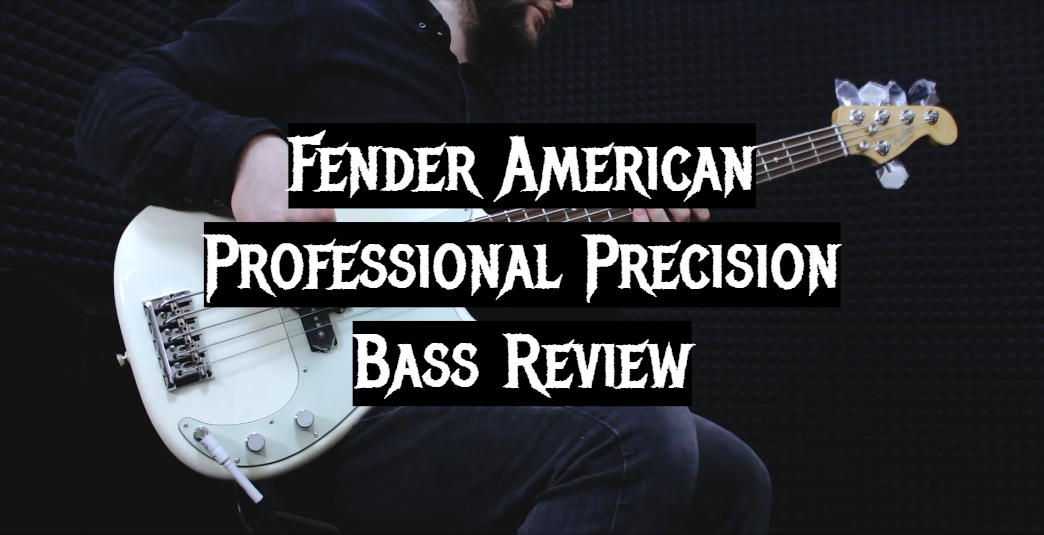

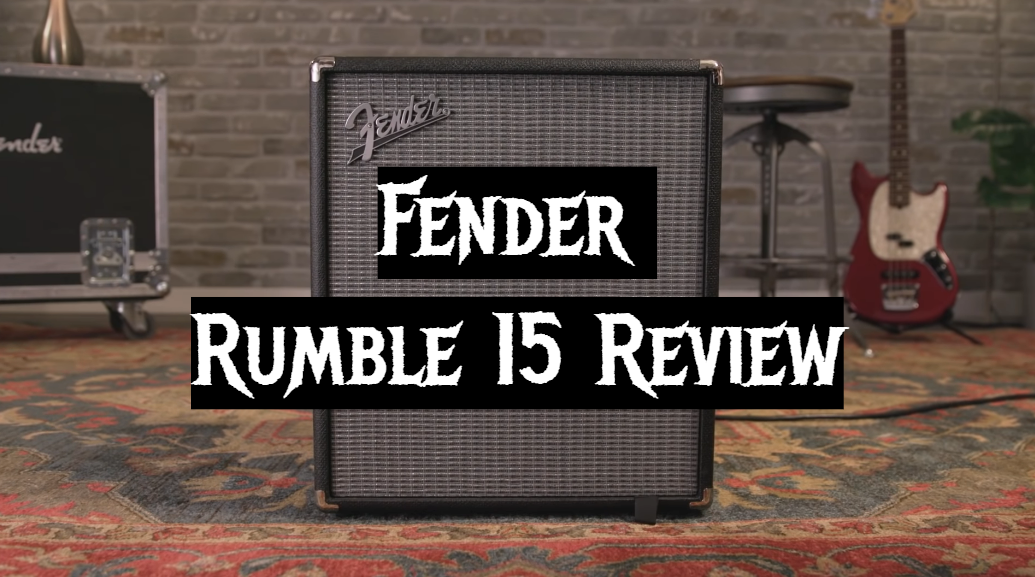
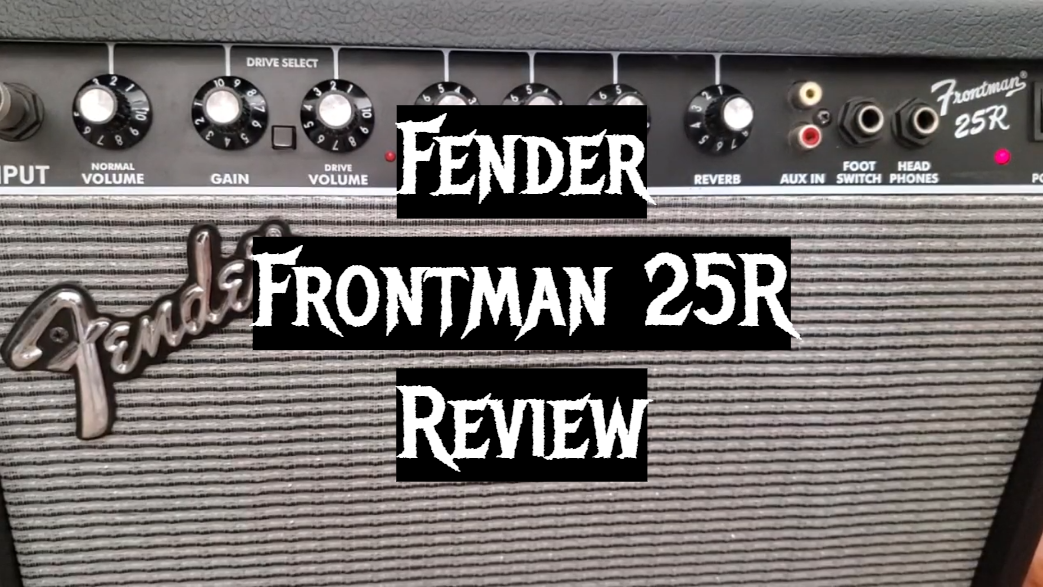
Leave a Reply